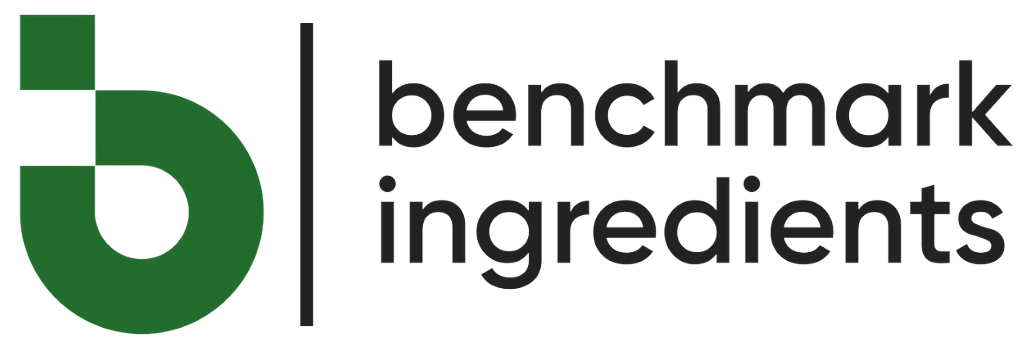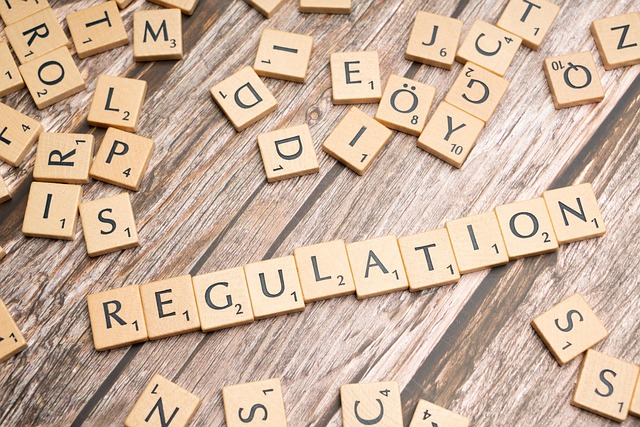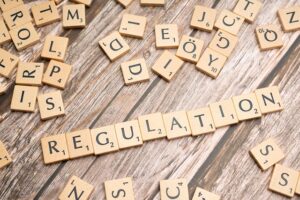The industrial cleaning sector is experiencing significant regulatory shifts in 2025, aiming to enhance environmental sustainability and public health. Manufacturers must stay informed about these changes to ensure compliance and maintain market competitiveness.
1. Stricter Chemical Safety Regulations
The U.S. Environmental Protection Agency (EPA) has implemented stringent regulations on chemicals commonly used in industrial cleaning:
- Trichloroethylene (TCE) Ban: Recognized for its carcinogenic properties, TCE is now prohibited in manufacturing and commercial applications. This ban necessitates the adoption of safer alternatives in cleaning processes.
- Perchloroethylene (Perc) Restrictions: Widely used in dry cleaning and industrial cleaning agents, Perc is linked to various cancers and organ damage. The EPA’s decision to ban Perc underscores the urgency for manufacturers to transition to non-toxic substitutes.
2. Emphasis on Sustainability and Green Chemistry
Environmental sustainability is now a regulatory priority:
- Green Chemistry Initiatives: Regulations encourage the development and use of environmentally friendly cleaning agents, reducing ecological footprints.
- Circular Economy Practices: Manufacturers are adopting reusable packaging and closed-loop systems to minimize waste, aligning with regulatory expectations for sustainable operations.
3. Enhanced Worker Safety Standards
Protecting worker health is a focal point of recent regulations:
- Exposure Limits: New standards limit permissible exposure to hazardous substances, requiring manufacturers to implement advanced ventilation and personal protective equipment (PPE) protocols.
- Training Requirements: Mandatory training programs ensure workers are informed about chemical hazards and safe handling practices, fostering a culture of safety.
4. Supply Chain Transparency and Ingredient Disclosure
Regulations now mandate greater transparency:
- Ingredient Disclosure: Manufacturers must provide detailed information about chemical ingredients in their products, enabling consumers and businesses to make informed choices.
- Supply Chain Audits: Regular audits ensure compliance with environmental and safety standards throughout the supply chain, holding manufacturers accountable for their sourcing and production practices.
5. Impact on Market Dynamics
These regulatory changes are reshaping the industrial cleaning market:
- Innovation Drive: Manufacturers are investing in research and development to create compliant, effective, and sustainable cleaning solutions.
- Competitive Advantage: Companies that proactively adapt to new regulations position themselves as industry leaders, gaining trust and preference among consumers and partners.
In conclusion, the 2025 regulatory landscape for industrial cleaning emphasizes chemical safety, sustainability, worker protection, and transparency. Manufacturers must embrace these changes, viewing them as opportunities to innovate and lead in a progressively conscientious market.




